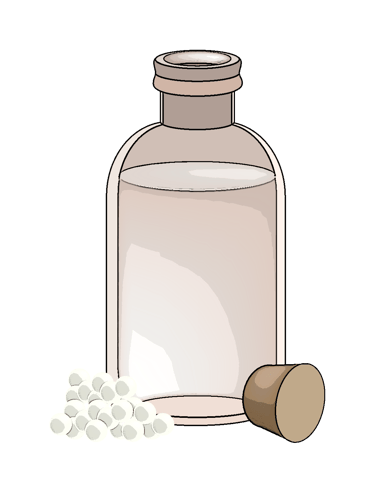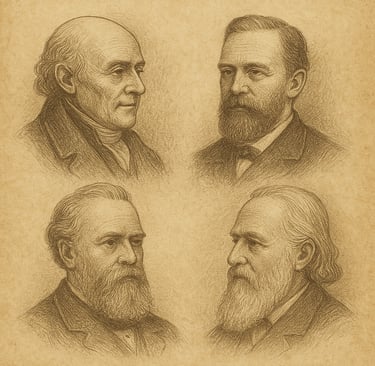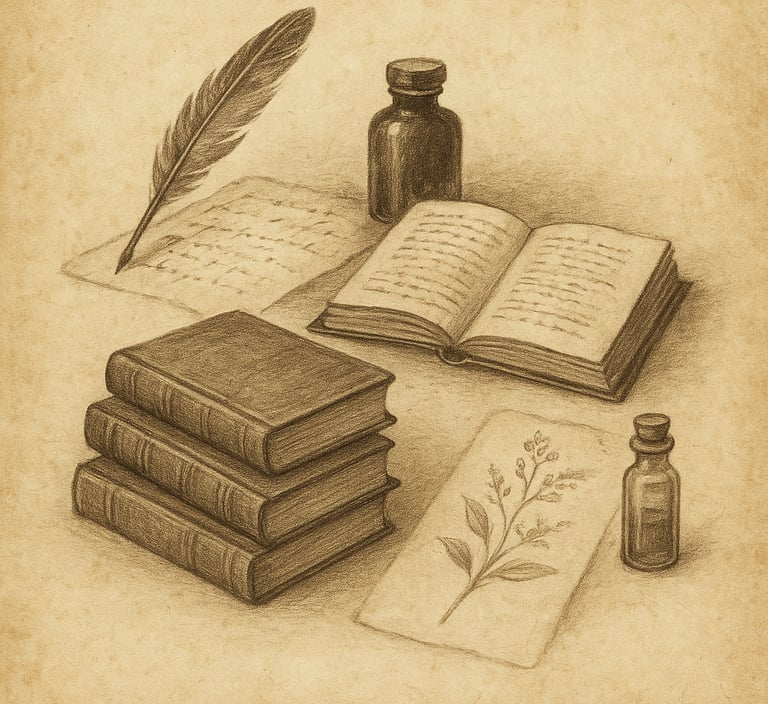Dose & Potency in Homeopathy
Nur Reved
3 min read
When people first start exploring homeopathy, one of the most common (and sometimes confusing!) questions is: Which potency should I use? And how often should I take it?
It can feel like a big mystery — but it is actually one of the most beautiful parts of homeopathy, because it shows how much healing can happen with the smallest, most carefully chosen impulse.
A Small Dose That Changed Everything
Two hundred years ago, medicine was often harsh. Patients were treated with bloodletting, toxic herbs, and large amounts of mercury or arsenic. More often than not, the “cure” made people sicker.
Samuel Hahnemann, the founder of homeopathy, began to ask: What if healing did not require more force, but less?
Through years of experiment, he discovered that the smallest possible dose — what he called “the proper size, or rather smallness, of the dose” — could spark the body’s own healing. In his Organon of Medicine (his main textbook and guide to homeopathy), he came back again and again to this principle: the best remedy, in the best dose, should act as gently as possible, while still being effective.
How Remedies Are Made
Homeopathic remedies usually begin as a mother tincture — an alcohol-based extract of the original plant, mineral, or animal substance. This stage still contains measurable constituents of the original material.
From there, remedies go through a process called potentization:
The tincture is diluted step by step in water or alcohol.
Each step is succussed (shaken vigorously).
The process is repeated again and again, creating different potencies such as 6C, 30C, 200C.
The result is not about the amount of material left but about the signal or informational quality the remedy carries.
What the Masters Say:
Hahnemann’s followers continued to explore the mystery of potency:
James Kent: Believed higher potencies were especially useful in deep, emotional, or constitutional cases.
T.F. Allen: Recorded clinical confirmations of remedies in different potencies, building practical knowledge for everyday use.
C. Hering: Emphasised careful observation of how remedies act over time.
William Boericke: In his Materia Medica (a reference book that describes remedies and their key symptoms), he often gave guidance on which potency ranges were most frequently helpful.
Each voice had its own nuances, but they all agreed on one thing:
The right potency and dose will always depend on the person and the situation.
Low potencies (from D/X potencies up to about C30) are generally considered low potencies in homeopathy and are often used for everyday complaints, first aid, or when someone is just beginning.
Medium to high potencies (from around C200 and upward) are usually reserved for deeper or more complex situations, often under professional guidance.
LM/Q potencies (a refinement Hahnemann developed later in life) were designed to act in a steady, flexible way for sensitive patients and chronic cases.
Hahnemann himself asked in the Organon:
“How small must the dose be… to effect the best cure?” (§278). It is a question that still guides us today.
Potency in Everyday Language
In everyday medicine, a “dose” usually means the amount of substance you swallow or inject. In homeopathy, dosing is different. Because remedies are prepared through dilution and succussion, the quantity of pellets is not important.
Instead, dosing refers to when and how often you take a remedy — whether you give a single dose and wait, repeat it every half hour in an acute fever, or take it daily in a chronic treatment. It is about timing and repetition, not the sheer amount of substance.
What We Mean by Dosing in Homeopathy
Most beginners start with a small first-aid kit, usually with remedies in C30. This is what I also tend to recommend for acutes — safe enough if the choice isn’t a perfect match, yet strong enough to bring real relief in a sudden or intense situation.
For me, dosing and potency in homeopathy are both a science and an art. The classical texts give us a strong foundation, but many modern homeopaths feel that today’s world — with its fast pace, stress, and chemical exposures — sometimes calls for flexibility.
It’s never about flooding the body with medicine. As Hahnemann wrote, the best dose is always “the smallest one that can still effect a gentle cure.” Potency isn’t about strength like milligrams in a pill; it’s more like music — the frequency of a note, not the volume. What matters most is observation: watching closely, noticing subtle changes, and learning from how the body responds. That’s how every homeopath — and every beginner — grows in confidence.
A Few Final Words








